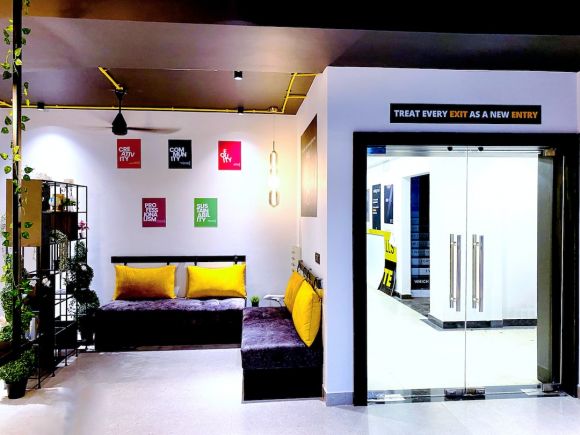In today’s world, sustainability has become a key consideration in almost every industry, and the construction sector is no exception. With the growing awareness of the environmental impact of buildings, there has been an increasing demand for sustainable building practices. This demand has led to the development of various sustainable building certifications, which aim to assess the environmental performance of buildings and promote sustainable design and construction practices. But what exactly do these certifications mean, and how can they help us create a more sustainable future?
LEED: Leadership in Energy and Environmental Design
One of the most well-known sustainable building certifications is LEED, which stands for Leadership in Energy and Environmental Design. Developed by the U.S. Green Building Council (USGBC), LEED is a widely recognized certification system that provides a framework for designing, constructing, operating, and maintaining green buildings. It evaluates buildings based on various criteria, including energy efficiency, water conservation, indoor air quality, and materials selection. LEED certification is divided into different levels, ranging from Certified to Platinum, depending on the number of points a building earns.
BREEAM: Building Research Establishment Environmental Assessment Method
Another prominent sustainable building certification is BREEAM, which stands for Building Research Establishment Environmental Assessment Method. BREEAM was developed in the United Kingdom and has since been adopted in many other countries. Similar to LEED, BREEAM assesses buildings based on various categories, such as energy, water, materials, and waste. It uses a points-based system to determine the overall sustainability performance of a building, with ratings ranging from Pass to Outstanding.
WELL: Building Standard for Health and Well-being
While LEED and BREEAM primarily focus on the environmental aspects of sustainability, there is also a growing emphasis on occupant health and well-being. This is where certifications like WELL come in. The WELL Building Standard is a performance-based system that evaluates buildings based on their impact on human health and well-being. It assesses factors such as air quality, lighting, water quality, and thermal comfort to create healthier and more productive indoor environments.
Living Building Challenge: Regenerative Design
Taking sustainability to the next level, the Living Building Challenge is a certification program that aims to promote regenerative design and construction. Unlike other certifications, which focus on reducing negative impacts, the Living Building Challenge seeks to create buildings that have a positive impact on the environment. It sets strict criteria for energy, water, materials, and social equity, and requires buildings to be self-sufficient in terms of energy and water. Achieving Living Building certification is considered the highest level of sustainable building performance.
The Benefits of Sustainable Building Certifications
So, what are the benefits of pursuing sustainable building certifications? Firstly, certifications like LEED, BREEAM, WELL, and the Living Building Challenge provide a clear and objective framework for designing and constructing sustainable buildings. They set measurable goals and standards that help guide decision-making throughout the design and construction process.
Secondly, sustainable building certifications can enhance a building’s market value and reputation. As more and more people become environmentally conscious, there is a growing demand for green buildings. Having a recognized certification can differentiate a building from its competitors and attract environmentally conscious tenants or buyers.
Lastly, sustainable building certifications contribute to a more sustainable future by promoting best practices and innovation in the construction industry. By encouraging energy efficiency, water conservation, and healthy indoor environments, these certifications help reduce the environmental impact of buildings and improve the quality of life for occupants.
In conclusion, sustainable building certifications play a crucial role in promoting sustainable design and construction practices. Whether it’s LEED, BREEAM, WELL, or the Living Building Challenge, these certifications provide a roadmap for creating buildings that are environmentally friendly, promote occupant health and well-being, and contribute to a more sustainable future. By pursuing these certifications, we can ensure that our built environment aligns with our goals of creating a more sustainable and livable world.
